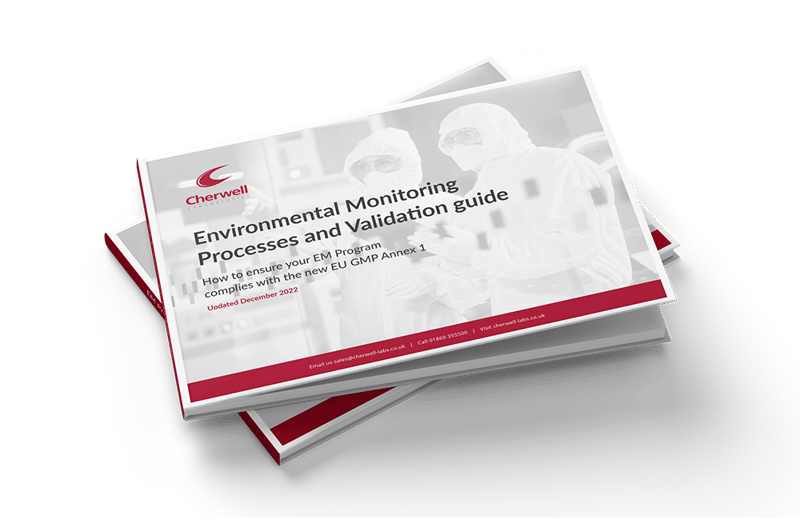SAS Super air samplers from Cherwell Laboratories selected for enhanced microbiological monitoring and infection control of operating theatres
Bicester, UK, 8th January 2020: Cherwell Laboratories, specialist suppliers of environmental monitoring and process validation solutions for the pharmaceutical and related industries, has announced that the Hull University Teaching NHS Trust has purchased three of its SAS Super 180 air samplers. This is for the environmental monitoring of the Trust’s operating theatres in Castle Hill Hospital and Hull Royal Infirmary to ensure surgical site cleanliness for infection control purposes.
Hull University Teaching Hospital NHS Trust had two aging pieces of air sampling equipment for microbiological monitoring for surgical site infection prevention. When one broke beyond repair, the remaining large, cumbersome instrument - which was trolley-based and required an external electricity supply - proved very inefficient at covering multiple theatres across the NHS Trust’s sites. Therefore, a business case was put forward by Greta Johnson (Lead Nurse, Department of Infection) reviewing if air sampling should continue, as there is in fact no regulatory requirement for plenum ventilated theatres; if they did continue, then new equipment was required. It was concluded that air sampling was important and funds for new air samplers were made available.
The infection control team, investigated a number of different companies and air samplers, finding the SAS Super 180 air sampler from Cherwell to be the best option. “We chose Cherwell’s SAS sampler as it is compact, easy-to-use, simple to maintain and fit for purpose in sampling theatre environments,” said Greta Johnson. “Cherwell was also able to provide training and comprehensive servicing. Hull University Teaching Hospitals NHS Trust now has three SAS air samplers, one for Castle Hill Hospital, one for Hull Royal Infirmary and a backup sampler.”
The small size and simplicity of the SAS samplers have resulted in improvements in the sampling processes and enhanced environmental monitoring practices at the NHS Trust. The old sampling device was very dated, trolley-based and required an extension cable. It was also proving hard to clean the multiple components, cumbersome to position and generally difficult to use. In essence, to undertake accurate sampling, staff were required to run the device for two minutes with a stopwatch and then calculate the final CFU after incubation.
The training programme given by Cherwell to the Trust’s infection control team covered three areas of the SAS sampler, the cleanliness and sterilisation of the instrument, sampling and maintenance; demonstrating its overall convenience.
Cleaning of the SAS Super 180 is extremely simple; alcohol spray or impregnated wipes can be used to disinfect the surface of the air sampler. The drilled sampling head can be readily checked, wiped clean or autoclaved. With the media plate placement area underneath the head, the instrument can be turned on to simply draw a mist of disinfecting alcohol spray through the device. Furthermore, as the sampler is designed for cleanroom purposes, it can also be sterilised using vaporised hydrogen peroxide.
The sampling directions for volume size and delayed sampling on the SAS Super 180, are also intuitive. The infection control team found the SAS Super very easy-to-use due to its visual and audible cues which help to inform the user about its status. In addition, the Trust’s old system required prior testing to be performed to ensure the accuracy of the plate height; the SAS Super 180 needs no such adjustments. The device’s portability and speed of use also contribute to making it ideal for the environmental monitoring of theatre environments.
Another benefit of the new SAS sampler observed by the infection control team is its ease of maintenance, as the team had prior concerns that they would need to calibrate the instrument themselves, which they had to do on their old system. However, with the SAS range, calibration is carried out by Cherwell Laboratories’ engineers; either at Cherwell’s engineering department in Bicester, Oxfordshire or on-site at a customer’s own facilities for their convenience.
Cherwell has been supplying the UK market with the SAS range of microbial air samplers for over 30 years. The range includes a wide selection of portable hand held units, a compressed air sampling device and an isolator specific unit, all of which provide benefits for specific environmental monitoring purposes.






